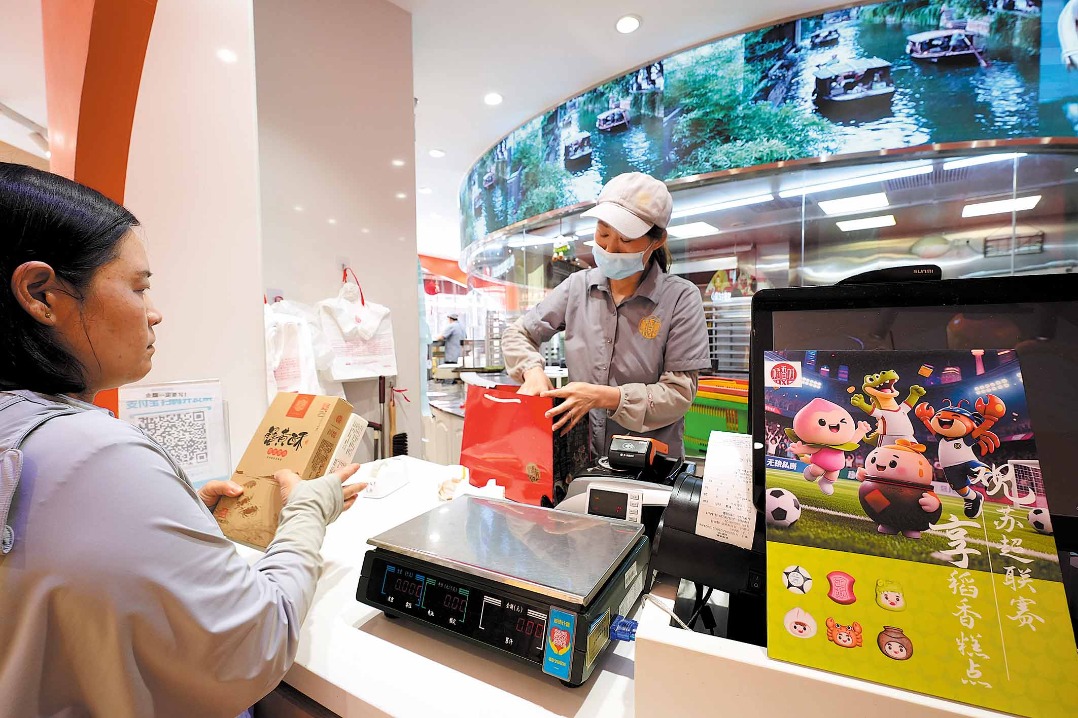Homestays with new features big draw among travelers


Chinese travelers are increasingly seeking high-quality homestays with unique experiences, while the number of operators of bed-and-breakfast stays has significantly exceeded levels seen before the COVID-19 outbreak, according to a new report.
Booking numbers of B&B stays have grown by 120 percent this year over the pre-pandemic period in 2019, said booking platform Tujia.
Homestays that offer distinctive experiences such as pottery art and gardening have become particularly popular, according to the homestay operator.
Cities that saw robust bookings for homestays include Chengdu, Sichuan province; Chongqing; Beijing; Shanghai; and Dali, Yunnan province. The number of bookings in smaller cities in Northwest China has also increased rapidly.
"The homestay industry has been developing in China for over a decade, and they are now beginning to offer differentiated competition to hotels. This is the first year of high-quality development seen in homestays in China," said Long Fei, a researcher at the Chinese Academy of Social Sciences.
"Chinese consumers have been seeking better quality and unique experiences. Besides satisfying the demand for basic accommodation, homestay operators have focused on providing travelers with personalized experiences that distinguish them from hotels," Long said.
Among various age groups, those born in the 1990s booked the highest number of homestays. Those born in the 2000s focused on experiences in particular, choosing to stay in different places within the same city, with the average stay in one place being 1.5 days, Tujia found.
Homestays with multiple rooms or yards have been well received, and the booking volume of such types of stays doubled from those seen in 2019, according to the platform.
This year, the number of new homestay operators jumped 77 percent over 2019, with nearly half of these operators born in the 1990s or after the year 2000.
In addition to increased income, operators said they also hoped to make new friends and acquire more cultural experiences by operating homestays, Tujia found.
Most operators run one to two homestays, while more than 60 percent of the operators have other jobs as well, mainly in the catering and accommodation sectors. Others are engaged in sectors such as culture, sports, education and the internet.
"The homestays' features indicate the operators' personalities, hobbies, ethnicities, and experiences, which form a unique culture. This attracts many guests who share similar tastes and hobbies," said Liu Yang, chief commercial officer of Tujia.
"There is one homestay operator who specializes in crab farming, and he can weigh crabs by hand. He personally provides guests with experiences such as fruit picking, fishing, and lake tours. He has become quite popular in the region," Liu added.
zhuwenqian@chinadaily.com.cn




































